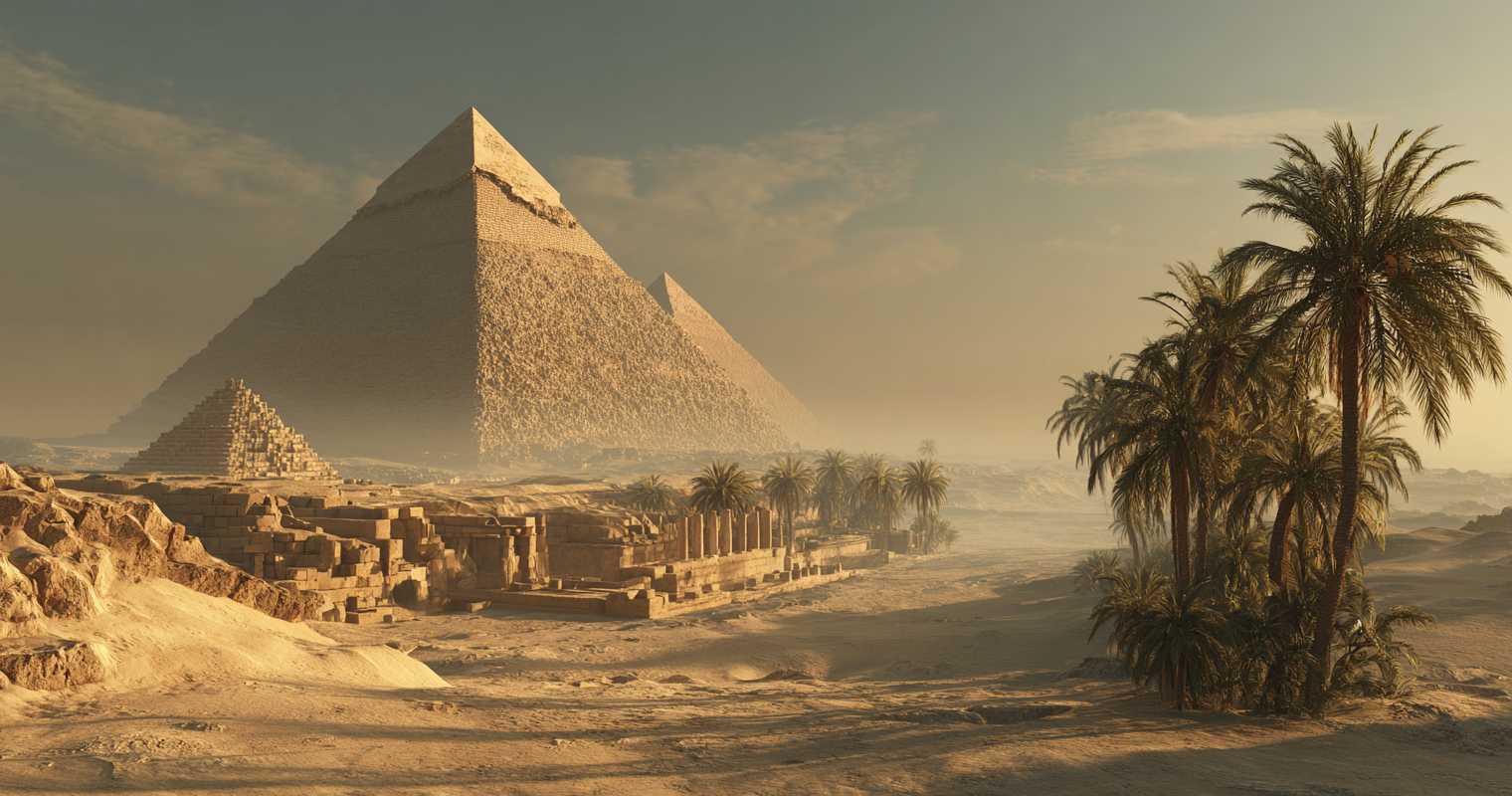
Step into the Ancient Egypt and Kush Quiz and journey through two civilizations where art, architecture, and ingenuity shaped a legacy that still captivates the world. From the golden glow of the pyramids to the thriving trade routes of Kush, every corner of this history celebrates human creativity and ambition. Their stories live in monuments, craftsmanship, and the enduring influence of their people. For fun, take the quiz now.
Ancient Egypt and Kush were vibrant centers of culture, innovation, and exchange. Markets overflowed with goods, artisans crafted jewelry that sparkled like the desert sun, and scholars recorded knowledge that would echo for millennia. Together, these cultures demonstrated how trade, learning, and shared traditions could build societies that flourished far beyond their borders and left a lasting mark on the world.
Exploring their history reveals more than dusty ruins or old inscriptions. It uncovers a world of music, art, and thriving daily life, where communities celebrated the rhythms of the Nile, honored skilled craftspeople, and built cities designed to endure. These civilizations turned ordinary days into extraordinary legacies that continue to inspire modern curiosity.
7 Fun Facts About Ancient Egypt and Kush
- Ancient Egyptians loved board games, and Senet was one of their favorites.
- Kushite rulers built their own pyramids in what is now Sudan, and there are more pyramids there than in Egypt.
- Perfume-making was a thriving craft in Ancient Egypt, with scents used in daily life and celebrations.
- Artisans in Kush were known for their stunning gold jewelry, which was highly prized in trade.
- Many Ancient Egyptians decorated their homes with bright murals depicting daily life and festivals.
- Kush had powerful queens, often called Kandakes, who played major roles in their society.
- Musicians in both Egypt and Kush used harps, flutes, and drums to create music for ceremonies and celebrations.
Life and Culture Along the Nile
Life in Ancient Egypt and Kush was rooted in a deep connection to the Nile River, which nourished their lands and made agriculture flourish. Farmers grew crops that sustained entire populations, while bustling river trade connected distant regions. This natural resource became the lifeline of culture and community.
Artisans added beauty to daily life by creating pottery, weaving intricate textiles, and carving statues that celebrated their heritage. Their work transformed homes and public spaces into living galleries that spoke to their society’s refinement and pride.
Music and storytelling also played an important role. Festivals often featured lively performances, dancing, and shared traditions that helped strengthen bonds among neighbors and generations alike.
Innovation and Achievements
The ingenuity of Ancient Egypt and Kush shines through their lasting achievements. Monumental architecture such as pyramids, obelisks, and grand palaces demonstrate extraordinary engineering skill. These creations were not only functional but also symbolic, expressing the ambition and artistry of their people.
Writing systems, including hieroglyphics and the Meroitic script of Kush, allowed these civilizations to record their history and knowledge with remarkable precision. These inscriptions continue to provide insights into their society’s intellectual pursuits and daily life.
Advancements in mathematics, medicine, and astronomy reflect how these cultures blended practicality with a thirst for understanding. Their achievements created a foundation that future generations would build upon for centuries.
Festivals and Community Traditions
Festivals brought joy and unity to the people of Egypt and Kush. Seasonal celebrations marked the flooding of the Nile, ensuring prosperity and abundance for the year ahead. These events combined music, feasts, and colorful processions that brought entire communities together.
Markets turned into gathering places during these festivities. Merchants displayed exotic goods, storytellers entertained eager crowds, and musicians filled the air with melodies that carried across the towns and villages.
Even simple daily rituals reflected the importance of community. From shared meals to local crafts fairs, these moments of connection gave depth and richness to the lives of the people who shaped these civilizations.
7 Serious Facts About Ancient Egypt and Kush
- The Nile River was central to agriculture, trade, and the overall success of both civilizations.
- Hieroglyphics and Meroitic script were advanced writing systems that recorded history, trade, and administration.
- Kush became a major trade hub, linking Africa with Egypt and the Mediterranean world.
- Ancient Egyptians developed early forms of medicine, including detailed surgical techniques.
- The city of Meroë in Kush was a center for iron production and innovation.
- Egyptian architecture influenced countless cultures, with techniques still admired today.
- Both civilizations established social structures that encouraged craft specialization and education.
Ancient Egypt And Kush – FAQ
The geography of Ancient Egypt and Kush played a crucial role in their development. The Nile River, with its predictable flooding, provided fertile land for agriculture, enabling both civilizations to flourish. Additionally, the deserts to the east and west of the Nile acted as natural barriers, offering protection from invasions and fostering a sense of security for the inhabitants.
While Ancient Egypt and Kush shared some cultural practices and beliefs, they also had distinct differences. Egypt had a centralized government ruled by pharaohs, while Kush had a more decentralized system with ruling monarchs. Additionally, Egyptian art focused on idealized forms, while Kushite art often depicted more realistic human figures.
